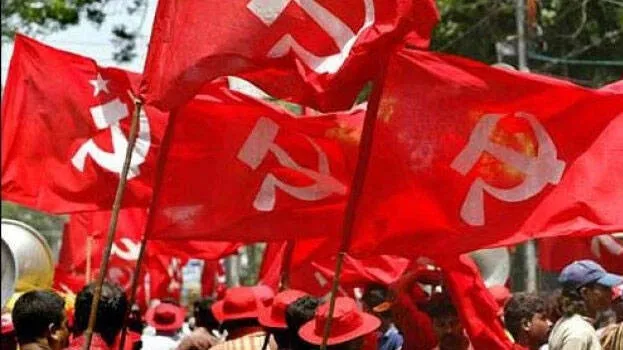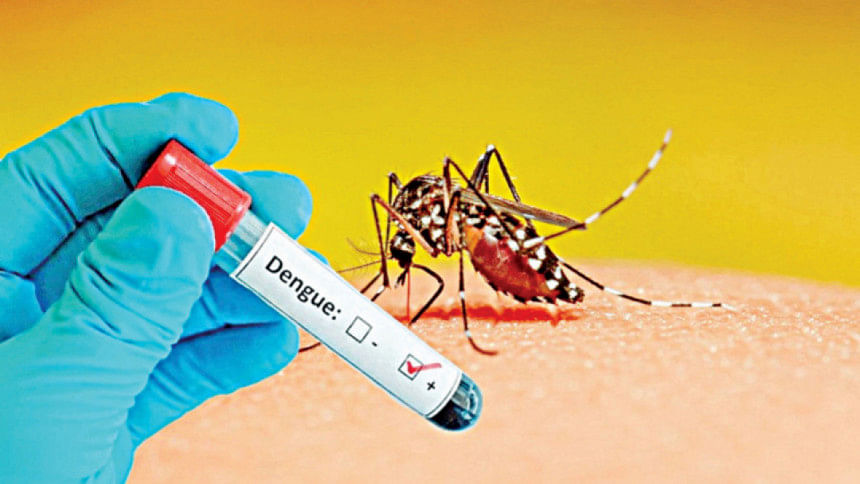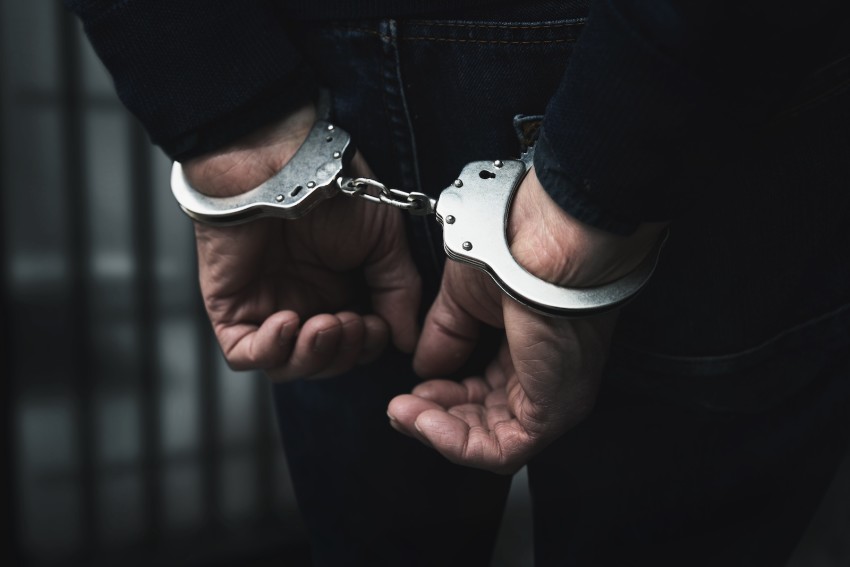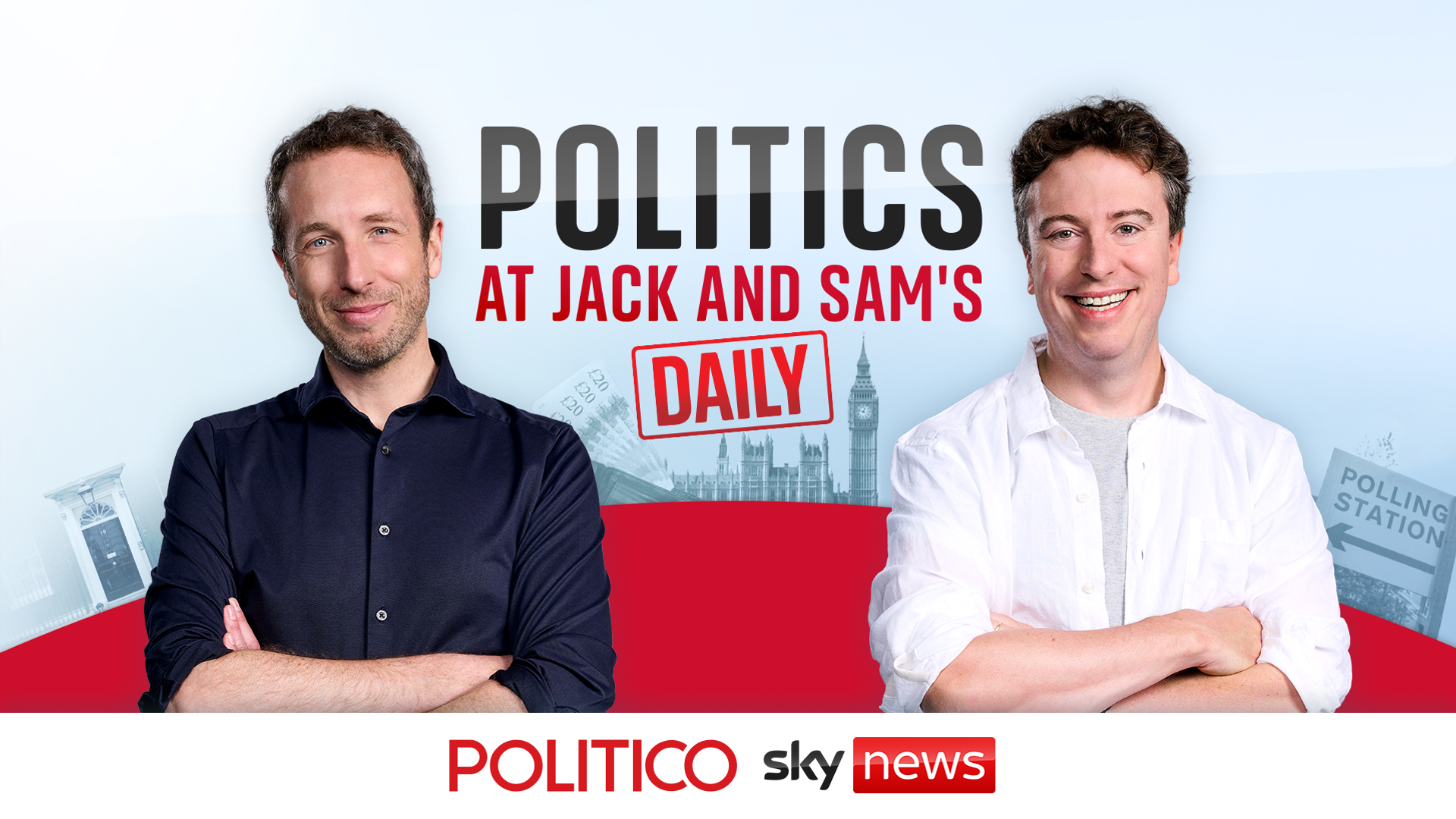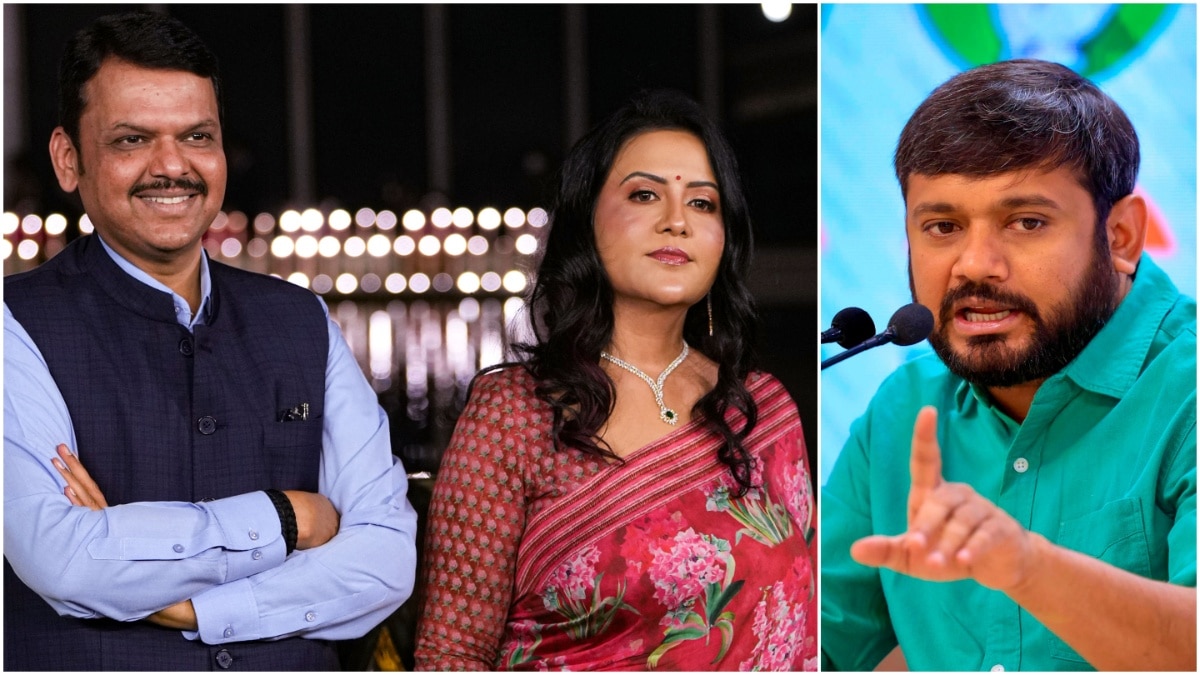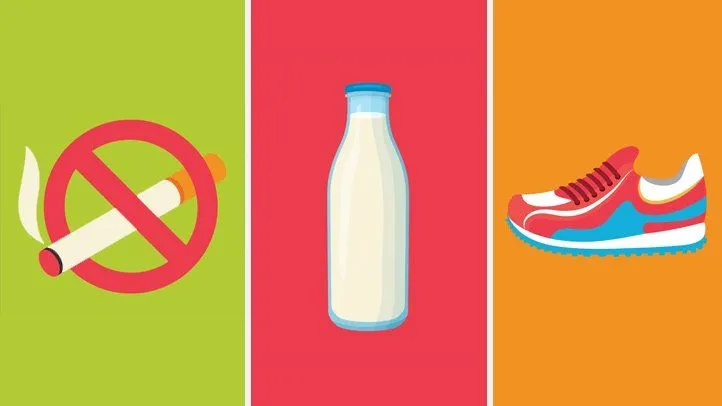
Brain stroke or brain attack, is a devastating problem which results from damage to the brain from interruption of blood supply leading to paralysis of a portion of the body suddenly. It has been known since the ancient days. Historically it was Hippocrates (460 -370 BC) who described the first case of paralysis “Apoplexy” in Greek (“struck down with violence”).
In 1658 Johanan Jacob Wepfer identified that death of a stroke patient is often due to bleeding in the brain (haemorrhage). He also identified the main arteries supplying the brain and also identified causes like ischemic stroke because of a blockage in one of these arteries. Rudolf Virchow first described that a dislodged clot from the heart and getting into one of the brain arteries as a major factor.
It is called thromboembolism. Stroke is always a medical emergency. It is a common problem in all populations world-wide.
The global burden being 12 million persons per year leading to around 6.6 million deaths. One in four of us is destined to have a stroke in our life time.
Over the last 30 years there has been an increase in the absolute numbers and also the death rates. The burden in India is steadily increasing with studies suggesting an incidence of 105-152 / 100,000 population. It is the fourth leading cause of death and fifth leading cause of disability.
Stroke prevalence in Jammu and Kashmir is a significant concern with the region facing a substantial burden of cardiovascular disease. The commonest cause is a clot in one of the brain vessels and administering clot dissolving medicine at the earliest is an effective treatment. But since bleeding in the brain can also lead to a stroke, it is very important to rule it out.
For this reason, patient needs to arrives at a centre with CT brain scan facility to rule out an internal bleed before administering a clot dissolving medication intra venously. The critical time window is 3 hours and first 90 minutes have the best results. To achieve this a very early recognition of stroke by the family members or those with him is exceedingly important.
The patient should be rushed to the nearest hospital with a CT scan facility. After this short window period, the benefits rapidly start reducing, though some benefit may come up to 9 hours. Therefore, all the importance should be given to the earliest recognition to salvage the patient.
Early Recognition of Stroke: To make it understandable an acronym FAST should be remembered . F = facial asymmetry, drooping of one side when asked to show teeth or smile. A = Arm, assess arm weakness by asking it to be lifted.
S= speech difficulty and slurring T = Time elapsed. Remember time is very important and every minute counts before patient reaches a treatment facility. Prevention of a stroke is very important and for this we need to educate public at large regarding the important measures to be taken.
Measures for preventing a Stroke: According to epidemiological data more than 80% strokes can be prevented. These measures are simple but need a periodic medical check and treatment. High Blood Pressure: the most important risk factor for both ischemic (due to clotting) or haemorrhagic stroke (rupture of a vessel in brain) is hypertension (HT).
Early detection of HT and effective treatment to keep the BP less than 130/80 Keeping Bad Cholesterol Low: A heart healthy diet, restriction in eating red meat and treating high levels with safe drugs like atorvastatin or rosuvastatin under guidance. Aim is to keep the LDL cholesterol below 70 mgs/dl especially in those where other risk factors are present. Healthy Diet ; rich in fruits, fresh vegetables, nuts and low in carbohydrates and sugars like bakery products.
Keeping large servings of rice or Roti’s as the staple food with fat rich curries leads to unhealthy traits leading to increase in vascular events like heart and brain attacks. Keeping body weight, Body Mass Index (BMI) and Waist Hip Ratio, WHR) in check : Overweight is defined as BMI > 25 Kgs/ M2. WHR: Less than 0.
85 in women and less than 0.90 in men. All this can be achieved with exercise and dietary restrictions.
Minimizing Psycho Social Stress: It is a very important part of modern life style. Devoting one hour a day on relaxing techniques which can vary from person to person. Yoga, meditation, exercise, sporting activities, watching a soothing movie or listening to music all can achieve it.
No Smoking : Avoiding tobacco in all forms especially smoking of any form. It has been shown that quitting smoking reduces the stroke risk substantially. In several patients with stroke smoking is the only identifiable risk factor.
Causes related to Heart (Atrial Fibrillation ): A kind of chaotic and very irregular heart beat called atrial fibrillation is a cause especially in elderly. These patients often have history of high BP. It leads to clot formation in the upper chamber of heart (left atrium).
This clot when dislodged frequently gets into the small brain vessels and produces a blockage leading to a sudden onset stroke. Most of these patients depending on a scoring system need blood thinners (anti coagulants) like dabigatran, apixaban or rivaroxaban under supervision long term. It should be noted that anti platelets like aspirin, clopidogrel or ticagrelor do not work to prevent stroke in these patients.
These only lead to increase in serious bleeding. Diabetes Mellitus: This disease like hypertension is often silent and is an important risk factor for stroke and heart attacks. It is often associated with obesity and high BP, also called the “deadly duo” leads to a very high incidence of stroke.
An early recognition and good medical treatment are important. Physical Activity : Regular exercise amounting to at least 8,000 steps per day or 30 to 45 minutes of brisk walk or a sporting activity throughout the year for at least 5 days per week. The World Stroke Day campaign this year is channelling the emotional power of sport to drive stroke awareness and to motivate us all to take action every day to reduce our stroke risk.
By taking action as a global community, we can be #GreaterThan stroke. Prof Upendra Kaul, Cardiologist, recipient of Padmashri and DR B C Roy Award.




